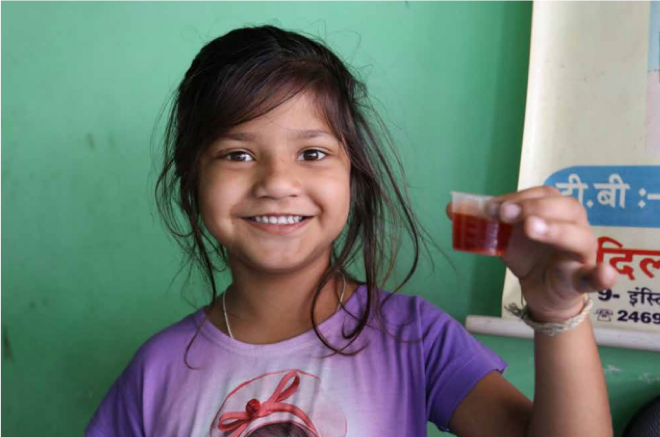
This treatment for pediatric tuberculosis is a fixed-dose combination that can quickly disperse in liquid with a palatable fruit flavor.
In 2012, the WHO revised the dosage guidelines for pediatric TB treatment, but there was an absence of a global response to manufacture a drug specific to this population. In 2013, the STEP-TB global campaign, led by TB Alliance, Unitaid, and the WHO, collaborated across sectors, engaged the pharmaceutical industry, and researched the market to increase private sector investment into this treatment. Subsequently, TB Alliance successfully incentivized Macleods to develop and manufacture a fixed-dose combination (FDC) of rifampicin + isoniazid + pyrazinamide, used for the initial two months of treatment, followed by four months of rifampicin + isoniazid. Macleods increased the dosages to adhere to the WHO recommendations, including a child-friendly formulation that can quickly dissolve in water and is palatable to children. These FDCs have been globally distributed through the Stop TB Partnership’s Global Drug Facility since 2015 and have been procured by 94 countries as of 2019.
